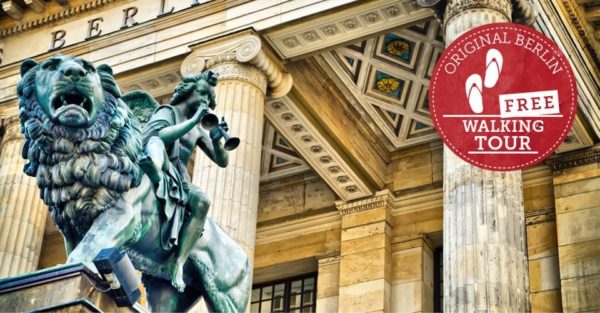Say ‘Berlin Wall’ and it brings to mind a shrill sign of division, totalitarianism, and the final nail in that wall. However, how much of this infamous barrier is still standing today?
The Construction and Purpose of the Berlin Wall
In the aftermath of World War II, Germany was divided into four occupation zones, each controlled by the United States, the United Kingdom, France, and the Soviet Union. Berlin, the capital, was located deep within the Soviet-controlled zone. With growing tensions between the Western Allies and the Soviet Union, migration from East Germany to West Germany increased dramatically. To staunch this exodus, the Soviet Union ordered the construction of a physical barrier in 1961, ultimately creating what became known as the Berlin Wall.
Stretching approximately 96 miles (155 kilometers) through the heart of Berlin, the Wall was designed to prevent East Germans from crossing into West Berlin. It consisted of concrete walls, barbed wire fences, guard towers, and a death strip equipped with alarm systems, floodlights, and patrols.
The Fall of the Berlin Wall
On the face of it, that was the pivotal moment in modern history. A government official revealed in a seemingly casual announcement that East Germans were free to cross over into West Berlin. Crowds overwhelmed with joy and disbelief flocked to the Wall, chanting its destruction. From both sides, Germans took hammers and chisels to the Wall, tearing it down piece by piece.
What Remains Today?
The Berlin Wall’s destruction may have been fervent, but its remains are still littering the city. They are preserved sections which represent the city’s commitment to never forget its divided past, and the Wall’s significance. We’ll take a look at some of the more well known places in which you can find the traces of this historic structure.
East Side Gallery
Perhaps the most famous and accessible remaining parts, is the East Side Gallery, a 1.3 kilometer (0.8 mile) section of the Wall. Painted by artists from around the world, the over one hundred murals present on Mühlenstraße in Friedrichshain were part of Friedrichshain50. The spirit of hope and freedom which characterized the Wall’s fall comes across in each of those murals.
The Berlin Wall Memorial
The Berlin Wall Memorial, located on Bernauer Straße, provides an insight into the Wall’s history by allowing visitors to create that experience in its own space. Preserved section of the Wall with reconstructed border fortification, exhibition, visitor center, and observation platform looking over the former “death strip”. Visitors to this site learn about conditions of life in ‘ current readings’ and access to stories and escapes from the Wall.
Potsdamer Platz
Once separated by the Wall, Potsdamer Platz is now a bustling public square as well as one of Berlin’s jewels of urban renewal. Today the square is eclectic blend of modern architecture, commercial spaces, and cultural identifications. Nearer Potsdamer Platz you can find several Wall pieces, quietly reminding us of that which once divided the city.
Checkpoint Charlie
Now a tourist attraction, Checkpoint Charlie was perhaps the most iconic border crossing throughout the history of the Cold War. The original checkpoint booth is a replica, but an outdoor exhibit nearby affords an educational presentation of the history of the Wall and tensions between East and West. An excellent place to learn more about the effect the Berlin Wall had on East and West Berliners every day lives.
Preserving the Berlin Wall – Its Importance
The Berlin Wall is divided, yet parts of Berlin Wall have to be preserved in order to constantly remember the dangerous consequences of division and the triumph of reunification. Besides serving as landmarks that educate on an important time in German and world history, these historical landmarks are such symbols of hope, freedom and resilience.
However, the city of Berlin itself has devoted a lot of effort in protecting and preserving these remainders from dilapidation, so that they remain accessible to the local population as well as to tourists alike. And they provide a chance to remember what has come before, to rejoice in a nation reunited, and to pay tribute to those whose lives have been touched by the Wall.
Conclusion
The Berlin Wall may be over, but the division of the city is still legible in the preserved ruins that line Berlin’s landscape. You can visit the East Side Gallery, the Berlin Wall Memorial, Potsdamer Platz or Checkpoint Charlie and, on one hand, experience the history and stories of life with and of the Wall.
How much of the Berlin Wall is left, so to speak? Yet, while the bulk of the physical structure fell by the wayside, decayed fragments enough remain to hold on to a direct link to the city’s broken past. These reminders are war memorials to the indomitable spirit of the people, and to rise above an oppressive era.
Table of Contents

